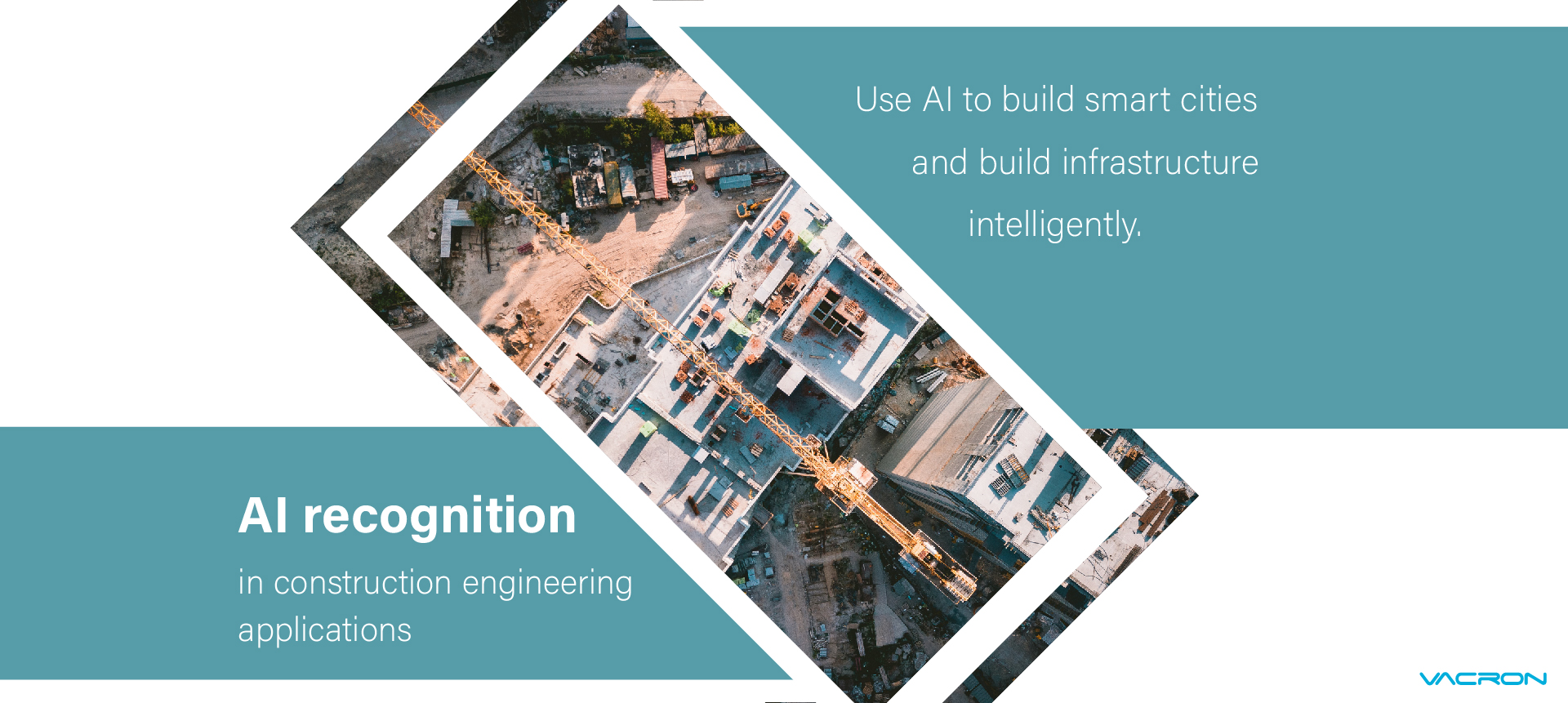
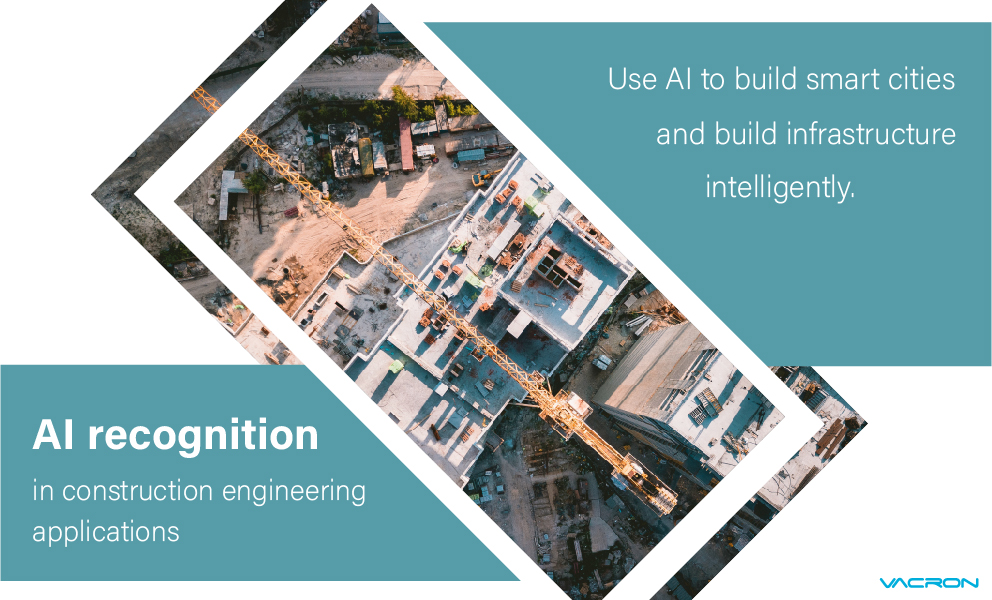
AI technology will be widely used in our lives in a variety of new forms, in the construction industry, large-scale engineering plans require a lot of manpower and time costs, the introduction of AI to improve on-site operation efficiency and maintain the safety of the working environment, assist managers to record daily project progress, and structure heavy raw data to facilitate quick access to data in the future.
Construction work is a tedious and time-consuming large-scale engineering activity that requires a lot of manpower to complete, so there are a lot of uncontrollable factors.Delays in works will cost more additional expenses, which in turn will affect profits and goodwill.Through AI recognition and cooperation with the module system, check the progress of the project, record the projects that cannot be completed in time, and then adjust the manpower and schedule.
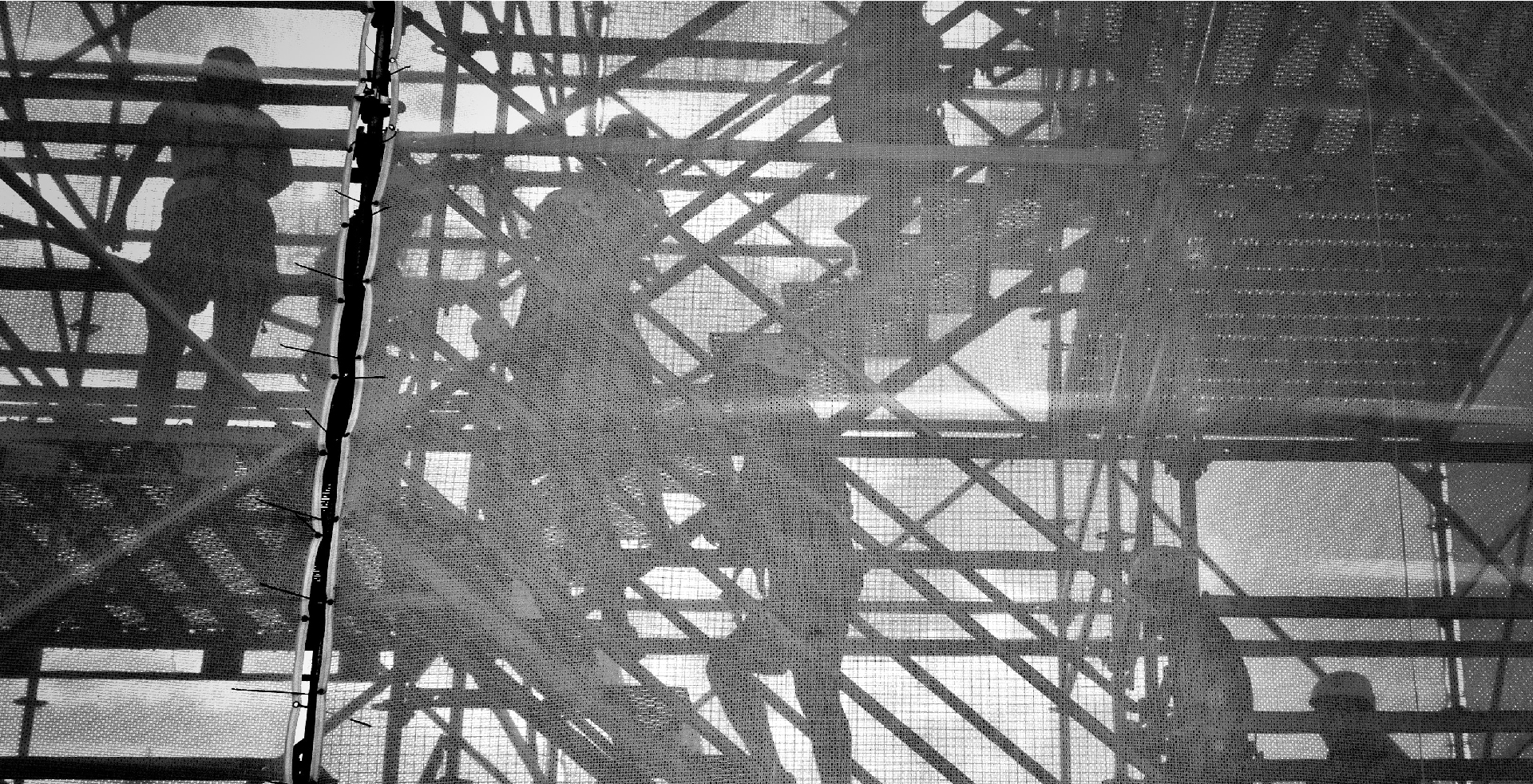
Identify whether site personnel are wearing protective equipment such as safety helmets and safety vests in accordance with regulations.
Identify the movements and attitudes of heavy machinery tools and define the surrounding hazardous areas to prevent personnel from entering by mistake.
When personnel enter the area, timely alarm and notify the supervisor, synchronously capture the event screen and back up to the cloud, so as to facilitate subsequent inspectors to record.


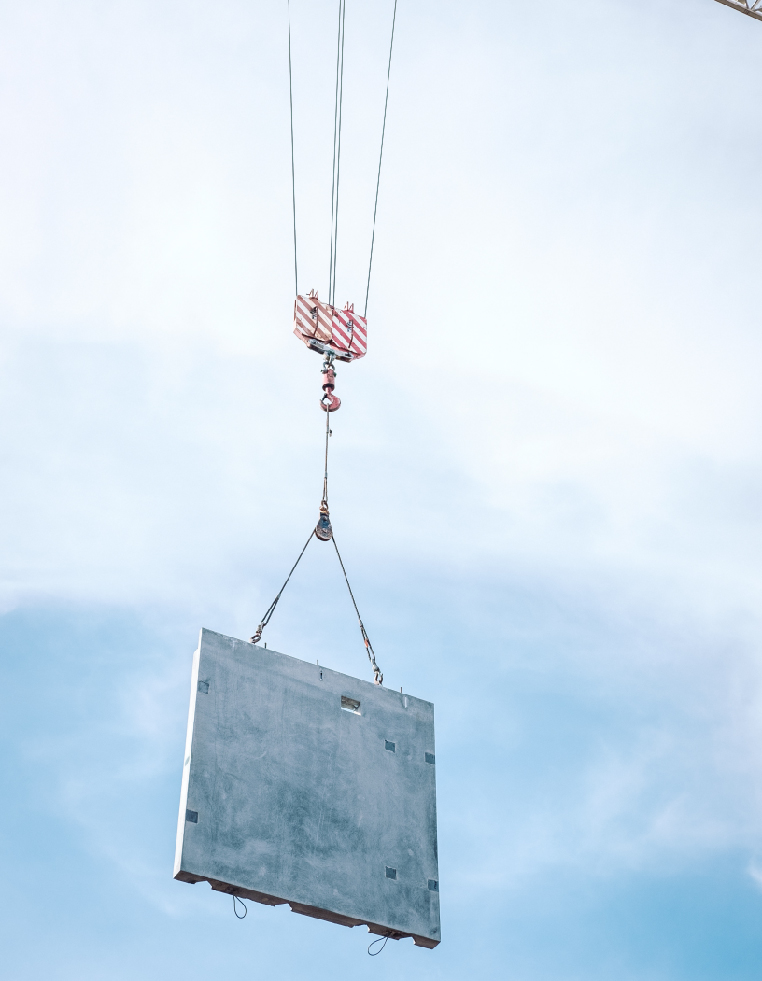

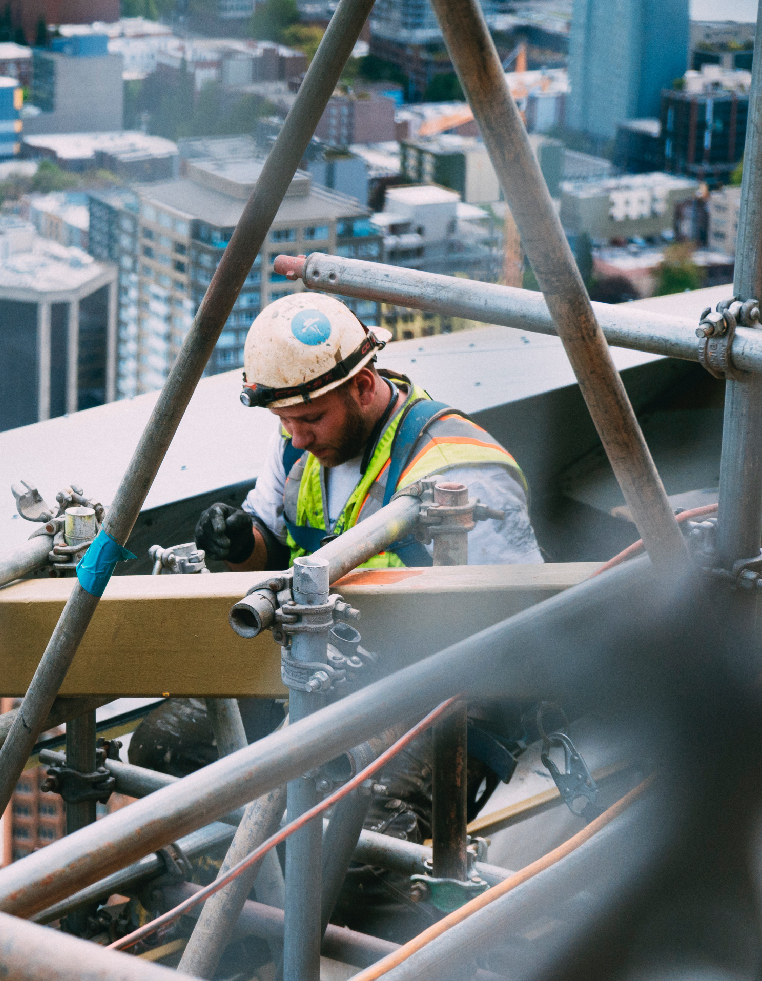


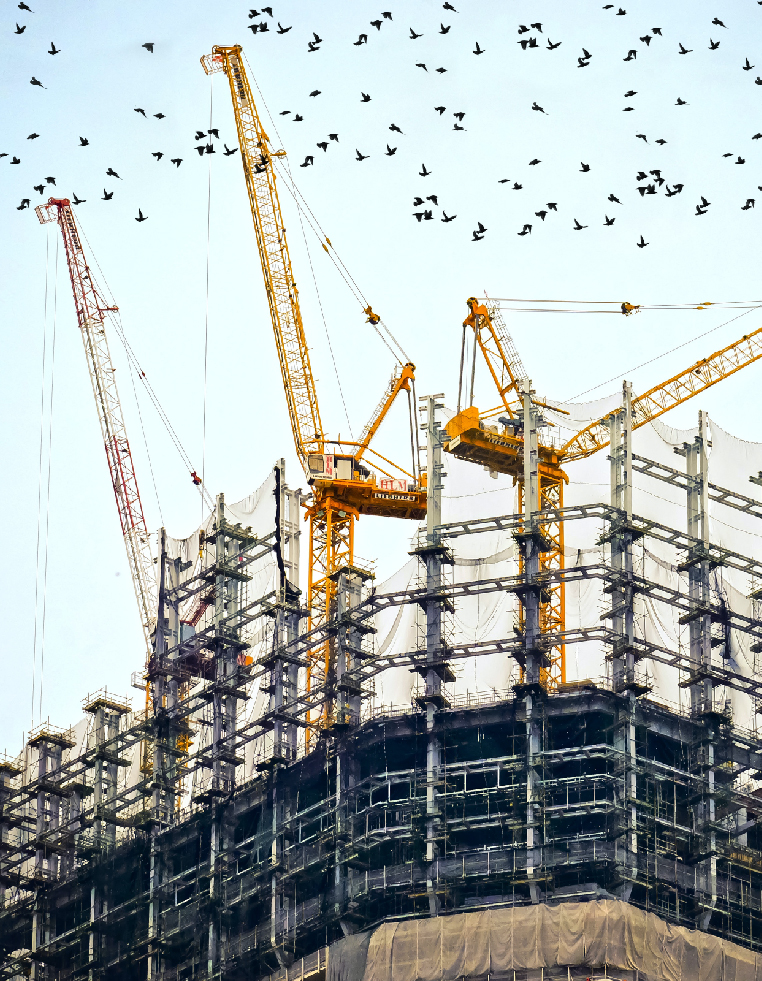
AI recognition technology has greatly improved construction operations, and is expected to be developed in the future in simulated damage assessment, through image analysis to software simulation, to determine the degree of damage, so as to facilitate subsequent repair work.